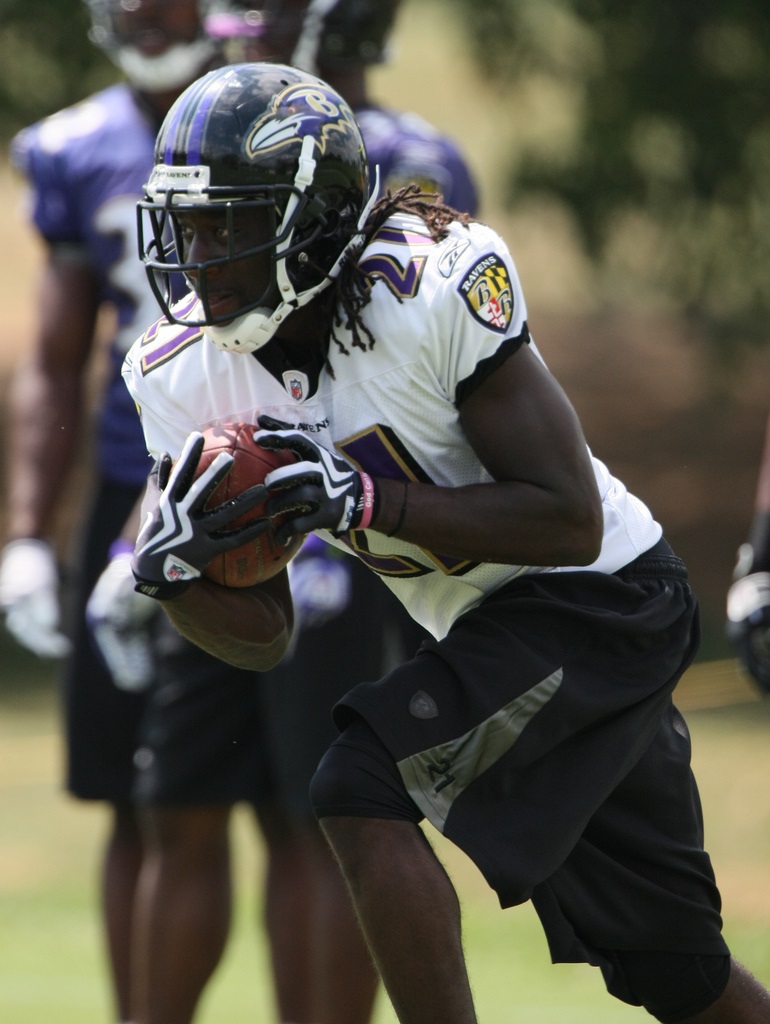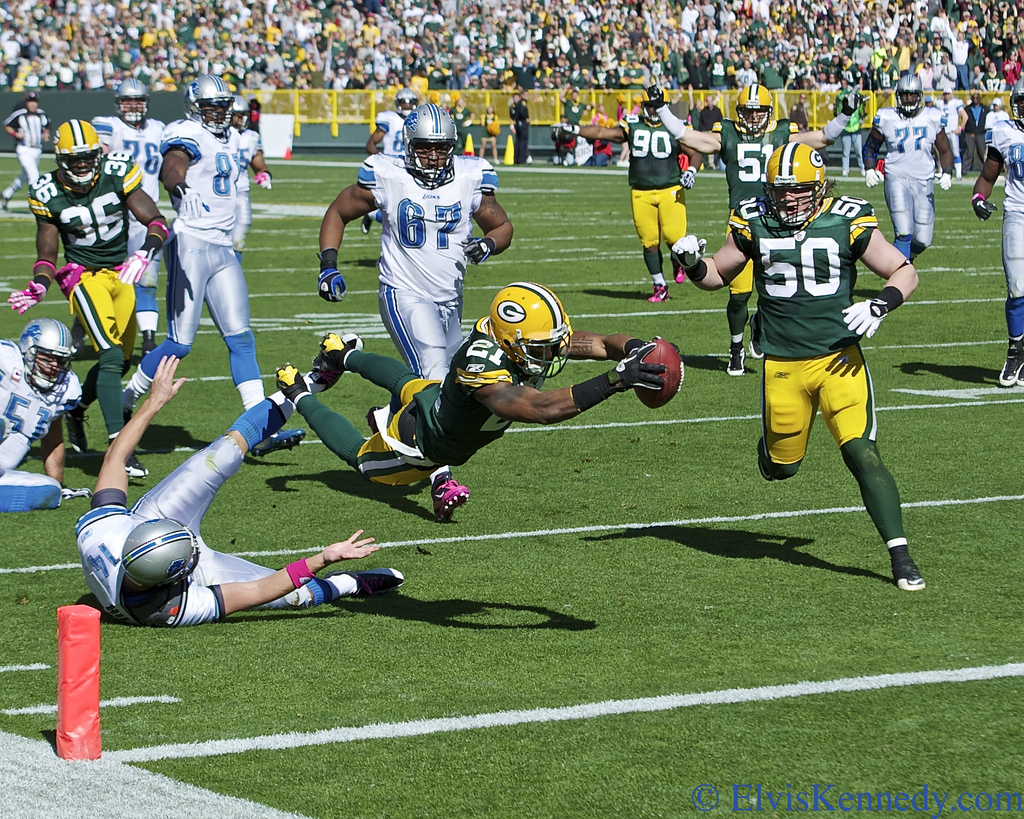
By Cian Fahey, Pre Snap Reads
Editor’s Note: A game I’ve been playing in my head in recent months is to take an offensive player and find his mirror image on the opposite side of the line of scrimmage. For example, Joey Galloway and Darrell Green were stylistically mirror images of each other. Both had amazing speed that sometimes overshadowed their underrated displays of craft at their respective positions over the course of lengthy and productive careers. Now I’m putting it on the blog and having some of my friends play.
What are you?
It’s a simple question with a million answers. Some of us will answer it immediately, maybe with just one word. Others will spend their whole lives searching for an answer and never come up with one. A smaller portion of us will never give a damn.
No matter how you feel about your answer, it’s impossible for you to escape the question. If you don’t answer it, plenty more will for you. Even if you do answer it, others will still look to change what you say. That’s the world we live in.
Everything needs to be labelled. Everything needs to be classified. Most of all everything needs to be simplified.
Recently, former college quarterback and 2013 NFL draft prospect Denard Robinson had to ask himself that question. Robinson probably wanted to answer it “quarterback” but those deciding his fate came up with different ideas. At the combine he tried to be a wide receiver. At the draft he was labelled a running-back. Now that he’s in the league, he’s being called an offensive weapon.
An offensive weapon. Seems ambiguous, right?
Is it really anymore ambiguous than any other label we use in the NFL? Mike Wallace and Anquan Boldin are wide receivers. Very little of their games really crossover. Jacquizz Rodgers and Michael Turner were running-backs for the same team last year, you’re not going to confuse one for the other. Craig Stevens and Jimmy Graham couldn’t play the same position if you spent 10 years trying to teach them.
That’s just the offensive side of the ball, on defense things get even more muddled the further you explore the depths of the league.
In reality, every offensive player is an offensive weapon, while every defensive player is a defensive weapon(or defensive shield if you like). The phrasing really doesn’t matter, it’s just that, phrasing. What is important in football isn’t who you are, it’s what you do. Some players have such skill-sets that they welcome the label they receive, but others spend their careers confusing those watching them.

What is Percy Harvin? What is Lardarius Webb?
The simple answers are wide receiver and cornerback. Of course, they’re also wrong answers. Harvin and Webb are their positions in the same way that I am a writer. Technically, it’s an accurate statement, but it tells you nothing about me or what I really do.
Harvin and Webb both missed much of last season because of injuries, but that’s the most tenuous of connections you could create. Harvin is listed as being 5-11 and 184 lbs, while Webb is down as 5-10 and 182 lbs. Both have very similar, slender frames, but both also have significantly more strength and power running through their bodies than one would expect from simply looking at them on the field.
Harvin is known for being an electric player who can jink around, run past, or sidestep defenders in tight areas, but he also has that ability to put his head down and run through defenders when he has to. Webb is considered one of the very best cover cornerbacks in the NFL, but he also plays in the slot for the Ravens in nickel packages when he gets to show off his outstanding tackling ability.
Webb is the rare defensive back who is able to punish running-backs with tackles, while Harvin is the rare slot receiver who can run over safeties rather than be ran over by them.
Being able to do everything is one thing, but being able to do everything from different areas of the field is something special. Outside of playing on the offensive line, the only position Harvin seemingly hasn’t lined up at during his career so far is tight end. That’s not even considering his impact as a kick returner. Webb doesn’t play safety or on the defensive line, but the way he plays the slot position in nickel packages essentially makes him the fourth or fifth linebacker on the field, while he can play either side as an outside cornerback in base defenses.
Defending Harvin is next to impossible. He’s not the kind of player who runs away from linebackers and uses his strength to overpower defensive backs, he’s the kind of player who doesn’t need to discriminate with his talents. In other words, he can beat whoever he wants in whatever way he wants.
Beating Webb is just as difficult. He has the physical style to fight with tight ends or bigger receivers, but the fluidity to cover a guy like Wes Welker inside or run with AJ Green down the sideline. There are few cornerbacks who are better than Webb and maybe only one who is more versatile.
So that brings us back to the question. What is Percy Harvin? What is Lardarius Webb?
What am I?
I’m…confused by the question.




